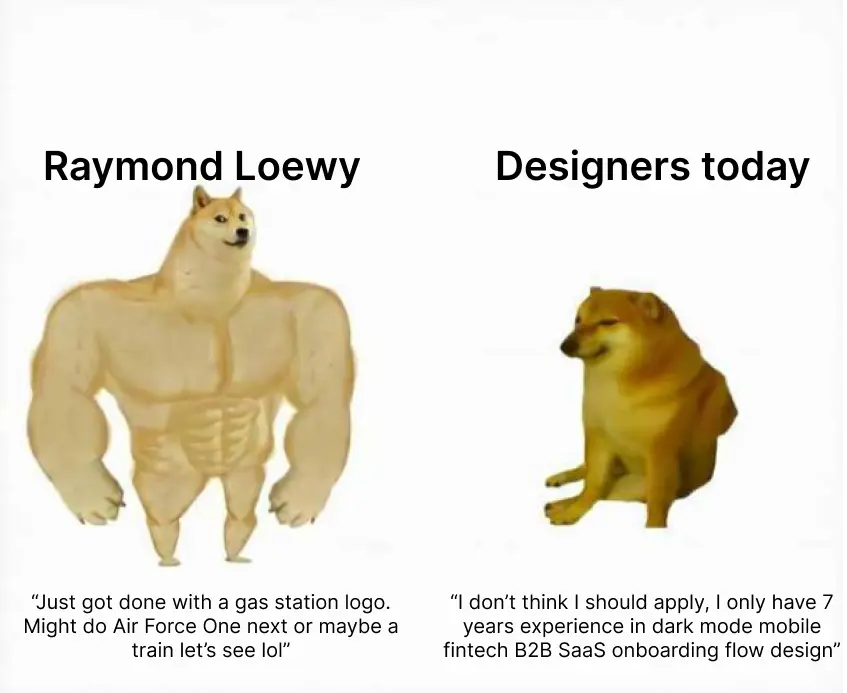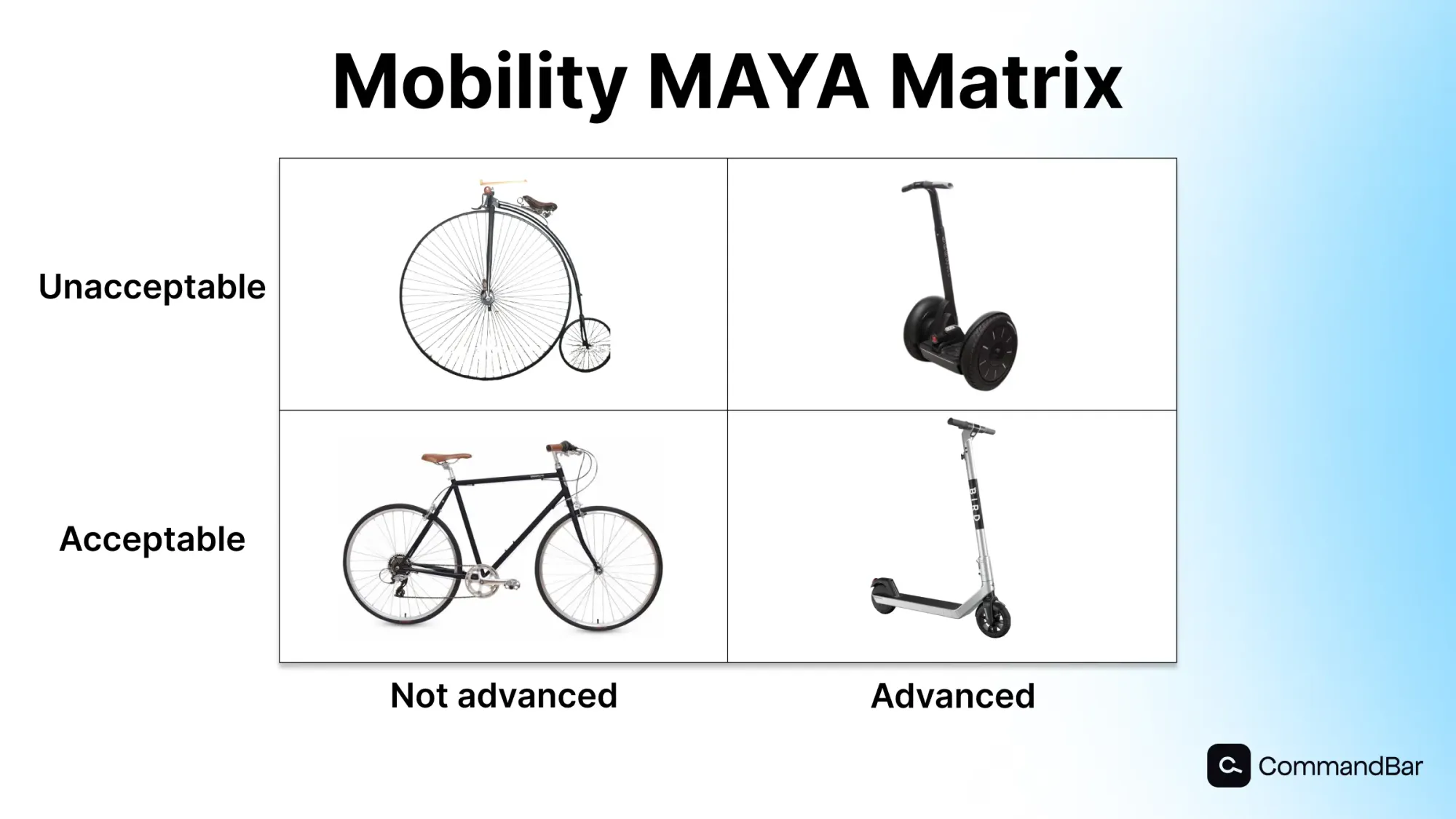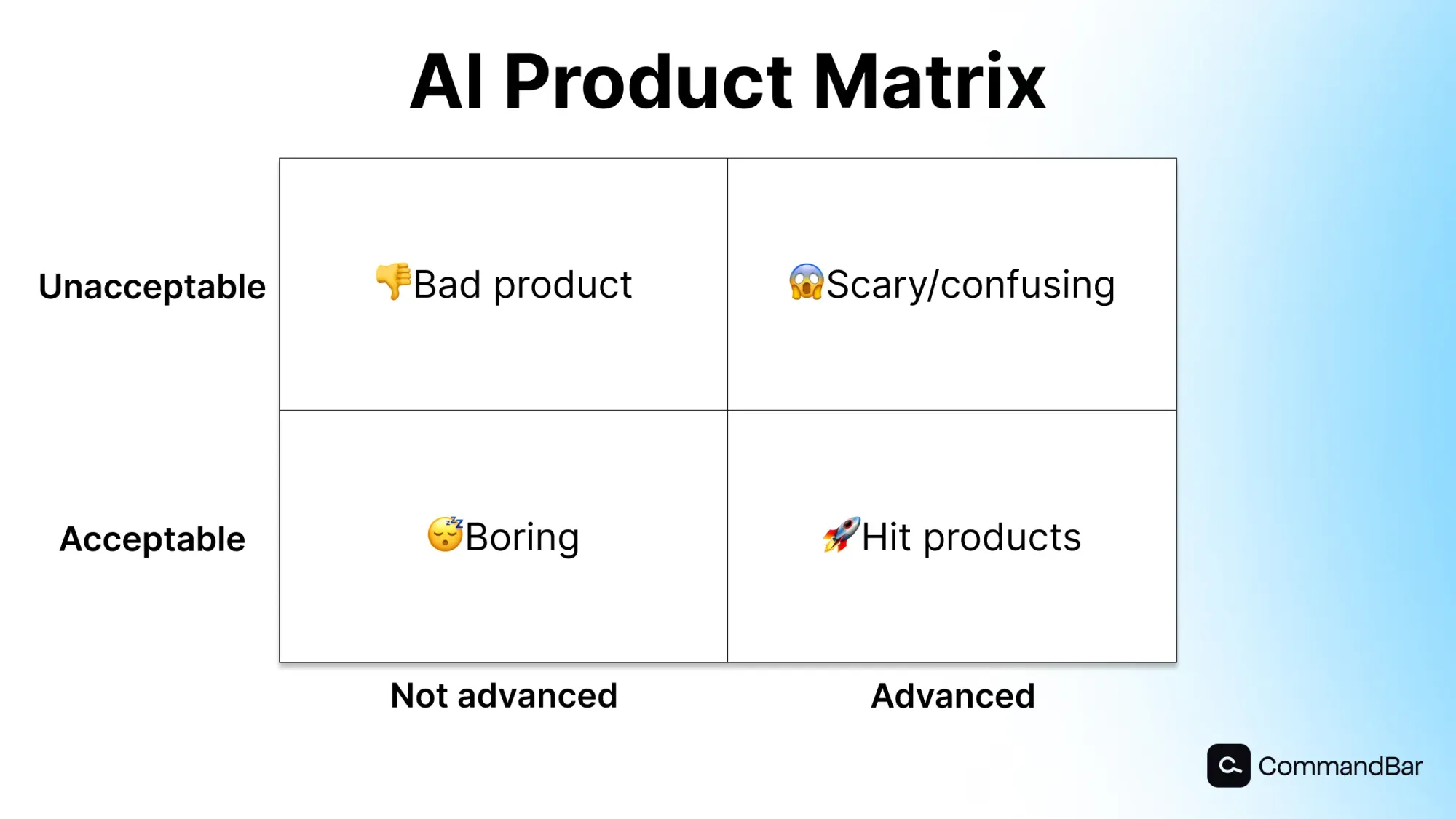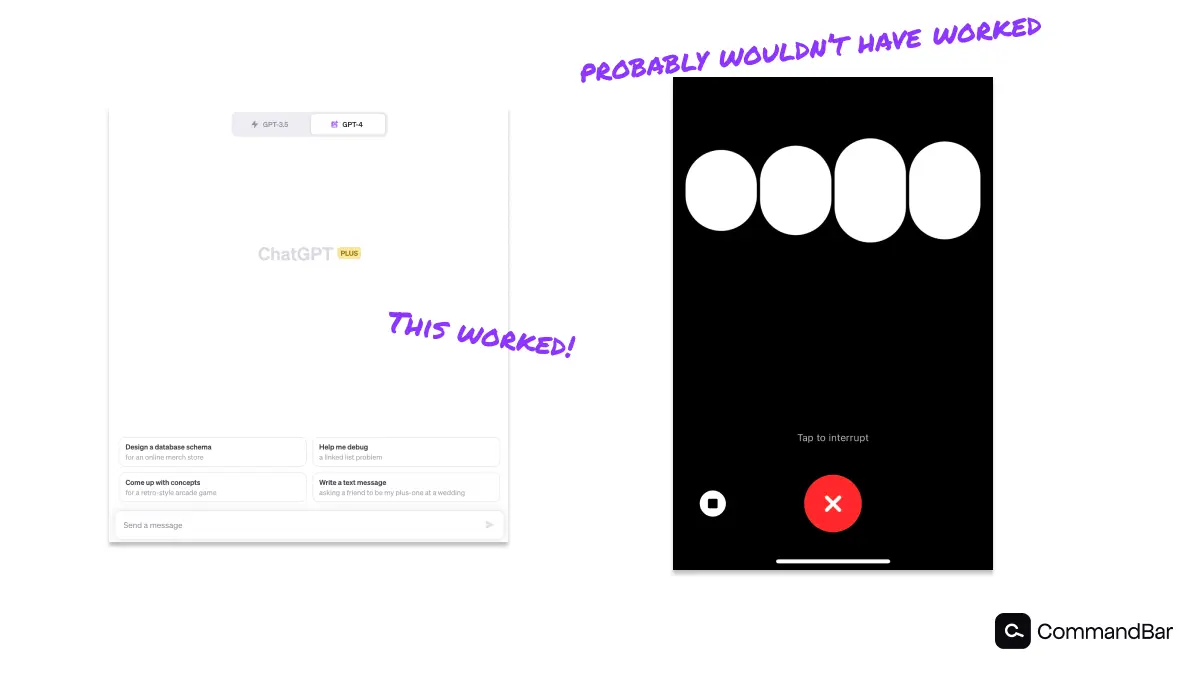You’ve heard enough podcasts where the guest exhorts companies to not be left behind by AI. Perhaps expedited by a directive from leadership, you’ve decided to build with AI. Maybe you’re launching a new feature, maybe a brand-new product.
But building product in the age of AI is difficult: Unless you’re a specialized AI company, neither you or your team have tons of experience building these features.
There are no UX best practices (Adding ✨ in front of feature names doesn’t count) and you’re more likely to be FOMO-driven.
If you’ve used a few products, you know AI features range from little miracles to gimmicks with the utility of an inflatable dart board. Add to that the fact that some users might be scared, skeptical or hostile towards AI and you’re in a sticky situation:
Building the right AI feature differentiates your product. Building the wrong one means wasting valuable resources on duds.
This might feel like an uncertain time, one in which we need to forget everything we think we know about building, designing and marketing products. But there’s a timeless principle of one of the OG product designers that can help you navigate how to build great products in the age of AI:
The MAYA Principle
If he was a character in a novel, Raymond Loewy’s career would’ve been called unrealistic: An orphaned Frenchman makes a Hail Mary to New York at the age of 25, where he sketches a fellow passenger on the SS France. Uncertain of his future, Loewy sells the drawing for 150 francs to the British consul in New York, who connects him to Mr. Condé Nast, owner of a sprawling media empire.

Loewy proceeds to become a designer of just about anything worth designing: Trash cans, cars, buses, trains, drink fountains, even Air Force One and a NASA space station. And that’s just industrial design: Add a slew of logos for the world’s biggest multinationals (some of which are still used today!) and Loewy’s (& his firm’s) impact sounds unbelievable.
In a world where designers are expected to niche down more and more (7 years experience in tightly regulated B2B fintech series B startups anyone?), the scope of Loewy’s work reads like a taxonomy of industrial design, not a resume.

Yet underpinning all of this was a simple, four-letter principle he invented: MAYA. Most advanced, yet acceptable. Or, as he put it:
"The adult public's taste is not necessarily ready to accept the logical solutions to their requirements if the solution implies too vast a departure from what they have been conditioned into accepting as the norm."
Like us, Loewy worked in a time when technological change transformed society. The early 1900s disseminated electricity across America while the post-war years turned America into a manufacturing superpower. And all those trinkets manufactured from Albany, New York to Zanesville, Ohio needed to be sold.
These circumstances mirror today’s AI environment: We have a range of powerful AI models ready to power the next generation of great products. The public’s reaction to them depends not on the model itself (most of them are powered by GPT-4), but on the product built around it.
In these circumstances, Loewy’s point rings as true as ever:
Build the most advanced, yet acceptable product to be successful.
Loewy’s framework implies that there are two big mistakes you can make: Build an unacceptable product, or one that’s not sufficiently advanced.
Let’s take an example:

A penny-farthing uses old technology and launching one wouldn’t be accepted by the wider public. A bike is a good and popular product, but it’s not advanced enough to draw any attention. The Segway leveraged advances in e-mobility, but wasn’t accepted: It was too goofy, clunky and uncommon. Finally, e-scooters combined e-mobility with a familiar way to get around.
Let’s generalize the 2x2 and apply the same framework to AI products:

Unacceptable, not advanced
A product that’s neither acceptable nor advanced is a bad product. In the context of building AI products, that might be a customer service chatbot that regurgitates responses you wrote verbatim without an LLM and does so with a screen-filling pop-up that flashes red while charging $9.99 per answer.
These products suck.
Acceptable, not advanced
These products are incumbents. They’re the generation of products about to be upgraded or disrupted. This is the customer service chatbot that knows a few preset responses and can be manned by human reps.
These products are good. They don’t use the latest technology, but they’re useful.
Unacceptable, advanced
These products use technology in ways that scare or confuse people. Think of a customer service chatbot that uses GPT-4 to scour the web for your personal data and auto-creates your profile (your credit card on file, found in a data leak) and ask the questions it assumes you’ll have.
This uses very advanced technology and would be an impressive feat of software engineering. Yet it would probably fail as a product (at least in 2023) because it’d scare users or at least make them wonder if the data is correct.
Acceptable, advanced
This is the goldilocks zone: You’re using advanced technology and the people like it. This could be an LLM-powered customer service chatbot trained on your documentation. It interacts with users like a customer service rep would.
Users like and accept it because they’re getting a familiar output.
MAYA in existing AI products
Fictional examples are always a bit abstract. So let’s dive into a few real products—both good and bad. Note that none of this is a judgment
Acceptable via interface: ChatGPT
ChatGPT is the fastest growing software product in history and continues to be a juggernaut. If we apply the MAYA rule to ChatGPT, it’s easy to see why it worked: The technology was miraculous.
While it was eerily intelligent (verging on the unacceptable), the interface was a familiar chat UI, which made it acceptable.
Imagine if ChatGPT had launched with the speaking UI that exists on mobile:

People would’ve had a tough time understanding the app because they didn’t yet have confidence that chatbots could be intelligent enough to answer generalized questions.
Acceptable via weakness: DALL-E 2
When DALL-E 2 launched, it was invite-only. Glued to our Twitter feeds, we snickered at chickens with distorted faces riding on rockets and seven-fingered ballerinas juggling watermelons on mars.
I’d argue that image generators moved towards being acceptable precisely because they sucked at some things—like hands and faces. This made them less scary because it gave humans an easy way to spot what was AI-generated
Unacceptable because of privacy: Rewind pendant
Rewind is an app that records everything you do on your laptop so you can resurface lost work, closed tabs or replay meetings. To extend their product beyond the screen, Rewind announced an always-on microphone pendant: Worn around the neck, an inconspicuous black cylinder records everything you say and stores it on your phone.
The most enthusiastic techies pre-ordered, but most lampooned it. From fears of being recorded without consent to the fear of raising kids with constant surveillance, almost everyone seemed weirded out.
This is a clear example of a company going past acceptability (at least a priori, before folks have had a chance to try it).
Now, MAYA is a timeless principle of product building and broadly applies to almost any product category. But there’s an exception:
Exceptions to MAYA
Raymond Loewy worked in the golden age of big corporations and mass-manufactured consumer products. But the internet has changed a lot of that. In the 40s, 50s and 60s, you needed the general public to like your product.
With the internet, mainstream acceptance matters less. You can now create a product that 99% of people don’t care about (or even hate!) and still build a great business.
That being said, you shouldn’t use this fact to ignore negative feedback. Instead, the internet demands you’re specific about who you build for—and then only care about their feedback.
And when they don’t find your product advanced or acceptable, you have a problem. If they love it, but everyone else thinks it’s unacceptable, you may yet have built an awesome AI product.

















